E-commerce Growth
The Tube Packaging Market is significantly impacted by the growth of e-commerce. As online shopping continues to gain traction, the demand for packaging that ensures product safety during transit has become paramount. Tube packaging, known for its durability and protective qualities, is increasingly favored by e-commerce retailers. This trend is reflected in the rising sales of tube-packaged products sold online, which are expected to grow at a rate of approximately 10% annually. Consequently, companies that adapt their packaging strategies to meet the needs of e-commerce are likely to enhance customer satisfaction and drive sales.
Customization Trends
Customization trends are reshaping the Tube Packaging Market, as brands seek to differentiate themselves in a crowded marketplace. Consumers increasingly favor personalized products, prompting companies to offer tailored packaging solutions. This trend is particularly evident in sectors such as food and beverages, where unique tube designs can enhance brand identity and consumer engagement. The ability to customize tube packaging not only meets consumer preferences but also allows brands to convey their values and stories effectively. As a result, businesses that embrace customization in their tube packaging strategies may experience increased brand loyalty and market penetration.
Sustainability Initiatives
The Tube Packaging Market is increasingly influenced by sustainability initiatives. As consumers become more environmentally conscious, companies are compelled to adopt eco-friendly packaging solutions. This shift is evident in the rising demand for biodegradable and recyclable materials. In fact, the market for sustainable packaging is projected to grow significantly, with estimates suggesting a compound annual growth rate of over 7% in the coming years. This trend not only aligns with consumer preferences but also helps companies reduce their carbon footprint. Consequently, businesses that prioritize sustainability in their tube packaging strategies may gain a competitive edge, appealing to a broader audience and enhancing brand loyalty.
Technological Advancements
Technological advancements play a pivotal role in shaping the Tube Packaging Market. Innovations in manufacturing processes, such as the use of automation and smart technologies, enhance production efficiency and reduce costs. Moreover, advancements in materials science have led to the development of lighter, stronger, and more versatile tube packaging options. For instance, the introduction of multi-layered films and advanced sealing techniques has improved product shelf life and consumer convenience. As a result, companies that leverage these technologies are likely to improve their operational efficiency and product offerings, thereby capturing a larger market share.
Rising Demand in Cosmetics and Personal Care
The Tube Packaging Market is experiencing a surge in demand from the cosmetics and personal care sectors. With the increasing popularity of beauty products, brands are seeking innovative packaging solutions that not only protect their products but also enhance aesthetic appeal. The cosmetics segment alone is projected to account for a substantial share of the tube packaging market, driven by the need for convenient and portable packaging. Furthermore, the rise of social media influencers and beauty tutorials has amplified consumer interest in cosmetic products, further propelling the demand for tube packaging that is both functional and visually appealing.
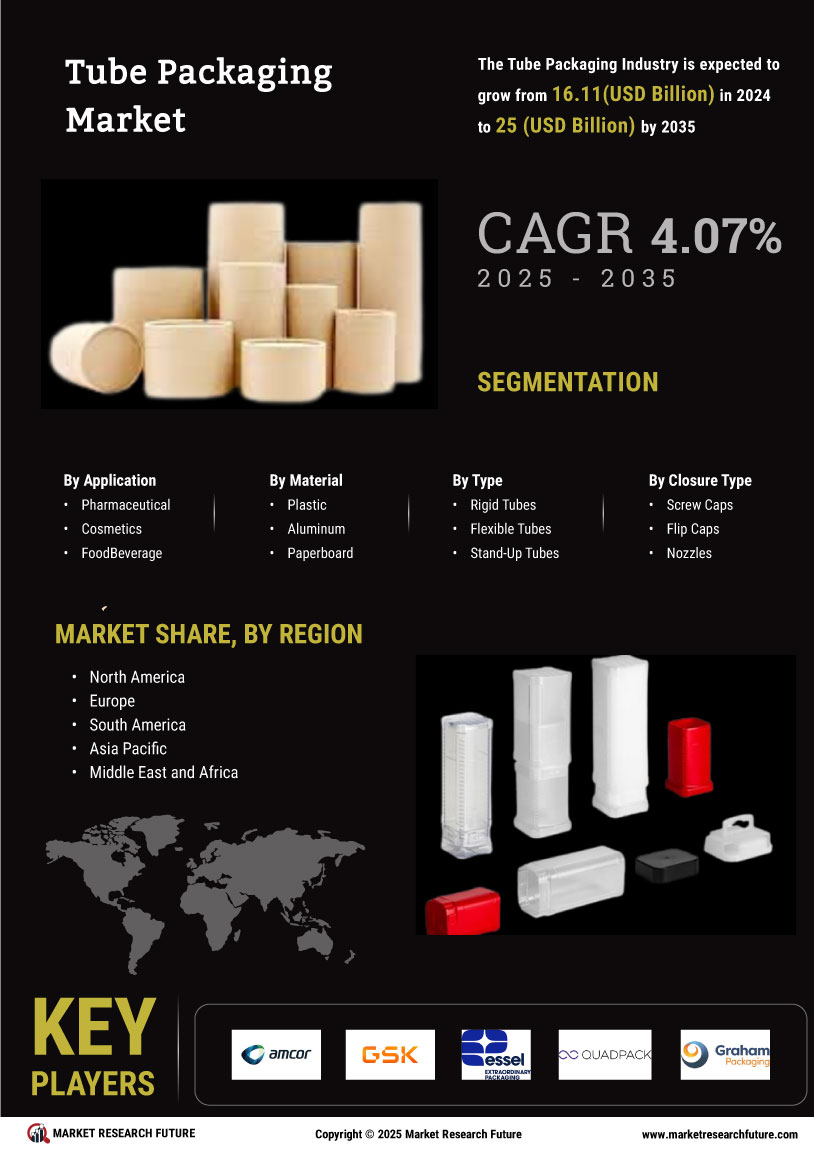

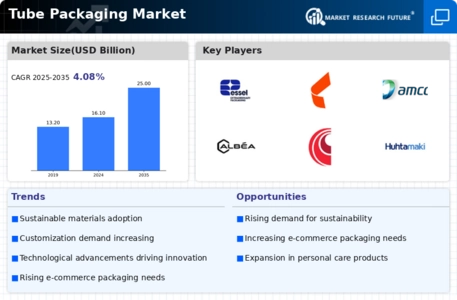

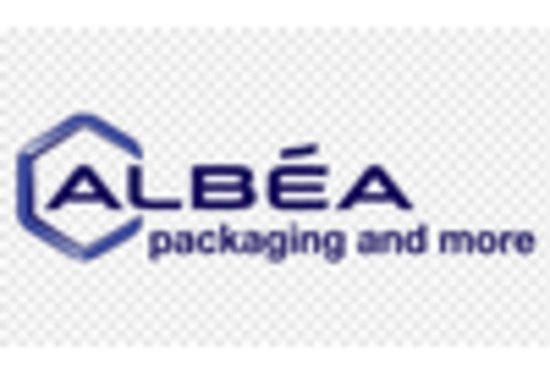
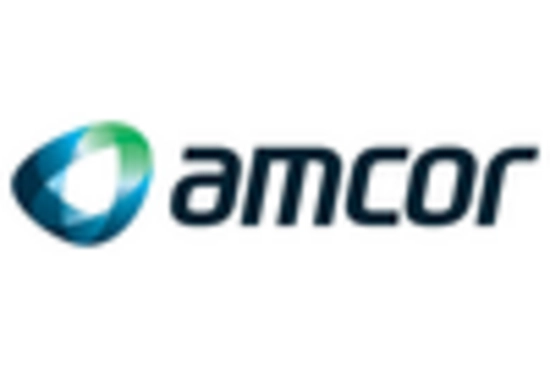
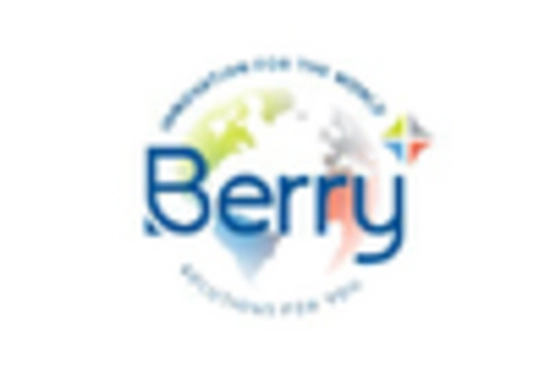

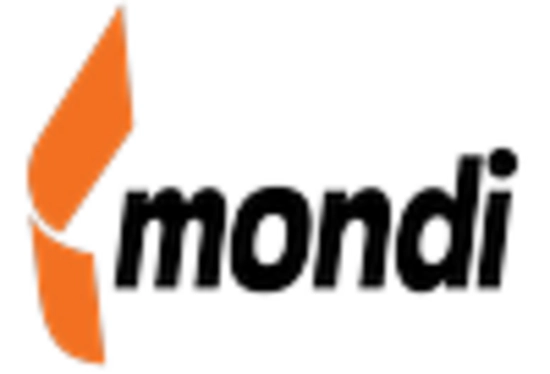









Leave a Comment